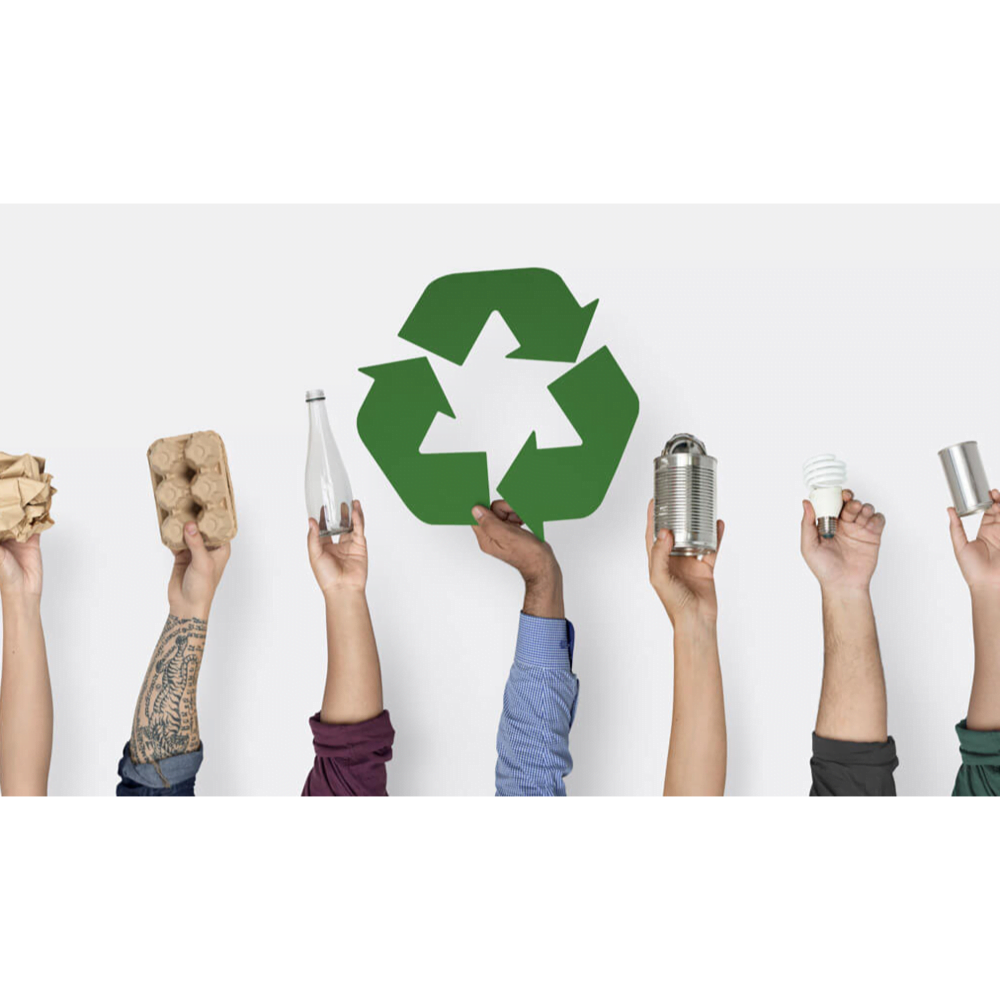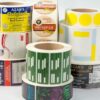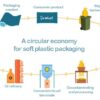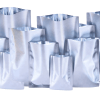Sustainable Packaging Trends: Redefining the Future of Packaging
In today’s world, sustainability has become an increasingly important consideration across all industries, including packaging. As consumers become more environmentally conscious, the demand for sustainable packaging solutions has soared. This blog aims to shed light on the latest trends in sustainable packaging design, such as biodegradable packaging, compostable packaging, and reusable packaging. We will explore the benefits of these trends and how they can contribute to waste reduction and resource conservation.
Biodegradable Packaging:
Biodegradable packaging has emerged as a promising solution to the problem of plastic waste. Made from natural materials such as plant fibres or starch-based polymers, biodegradable packaging breaks down into organic matter over time when exposed to natural environmental conditions. By opting for biodegradable packaging, we can significantly reduce the amount of non-recyclable waste that ends up in landfills or oceans. This trend promotes a circular economy by returning packaging materials back to nature.
Compostable Packaging:
Compostable packaging takes sustainability a step further. Unlike biodegradable packaging, compostable packaging not only breaks down naturally but also adds valuable nutrients to the soil during the composting process. Made from organic materials like vegetable starch or cellulose, compostable packaging offers a viable alternative to traditional packaging. When disposed of in a composting facility, it decomposes into nutrient-rich compost that can be used to enrich the soil and support the growth of plants. This trend represents a closed-loop system that promotes environmental regeneration.
Reusable Packaging:
The concept of reusable packaging aligns with the age-old adage, “Reduce, Reuse, Recycle.” Reusable packaging aims to minimise waste by designing packaging that can be used multiple times before disposal. This trend encourages consumers to opt for durable and refillable packaging options, such as glass jars, stainless steel containers, or cloth bags. By reducing the need for single-use packaging, reusable packaging helps conserve resources, decrease waste generation, and reduce carbon emissions associated with manufacturing new packaging materials.
Benefits of Sustainable Packaging Trends:
The adoption of sustainable packaging trends offers numerous benefits for both businesses and consumers. Firstly, it helps reduce the environmental impact of packaging by minimising waste and resource consumption. Sustainable packaging solutions often require fewer raw materials and energy during production, resulting in lower carbon footprints. Additionally, these trends enhance brand reputation and consumer loyalty as more individuals actively seek out eco-friendly products and packaging options.
Furthermore, sustainable packaging trends contribute to the preservation of natural resources. By utilising biodegradable and compostable materials, we reduce our reliance on fossil fuels and promote the use of renewable resources. This not only conserves valuable resources but also helps mitigate the environmental harm caused by extraction and processing of non-renewable materials.
Conclusion:
As sustainability becomes a priority, the packaging industry must adapt to meet the demands of environmentally conscious consumers. The latest trends in sustainable packaging design, such as biodegradable packaging, compostable packaging, and reusable packaging, offer innovative solutions to reduce waste and conserve resources. By embracing these trends, businesses can demonstrate their commitment to environmental stewardship while consumers can make more informed choices that align with their sustainability values. Together, we can pave the way for a greener future and create a positive impact on our planet through sustainable packaging practices.








